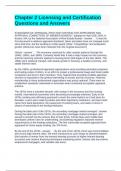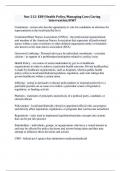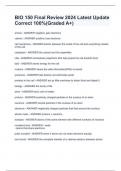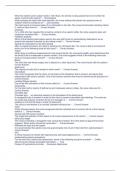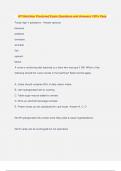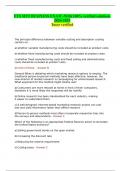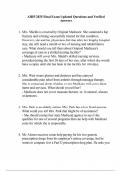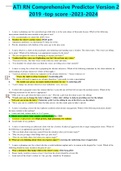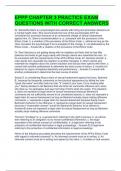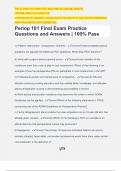Exam (elaborations)
Chapter 2 Licensing and Certification Questions and Answers
- Course
- Institution
Chapter 2 Licensing and Certification Questions and Answers STANDARDS OF APPRAISAL PRACTICE FOR REALTOR APPRAISERS AND APPRAISAL COMMITTEES OF MEMBER BOARDS", adopted on April 20th 1929, in Boston, MA, by the National Association of Real Estate Boards It was the first document to address appraisa...
[Show more]
